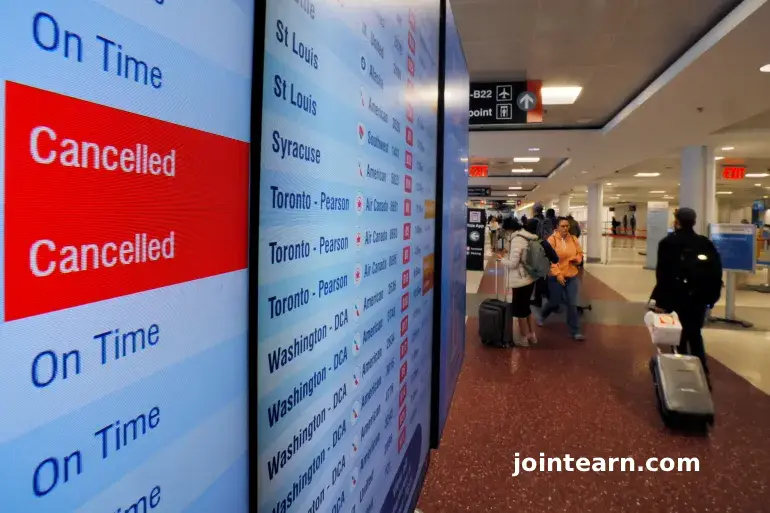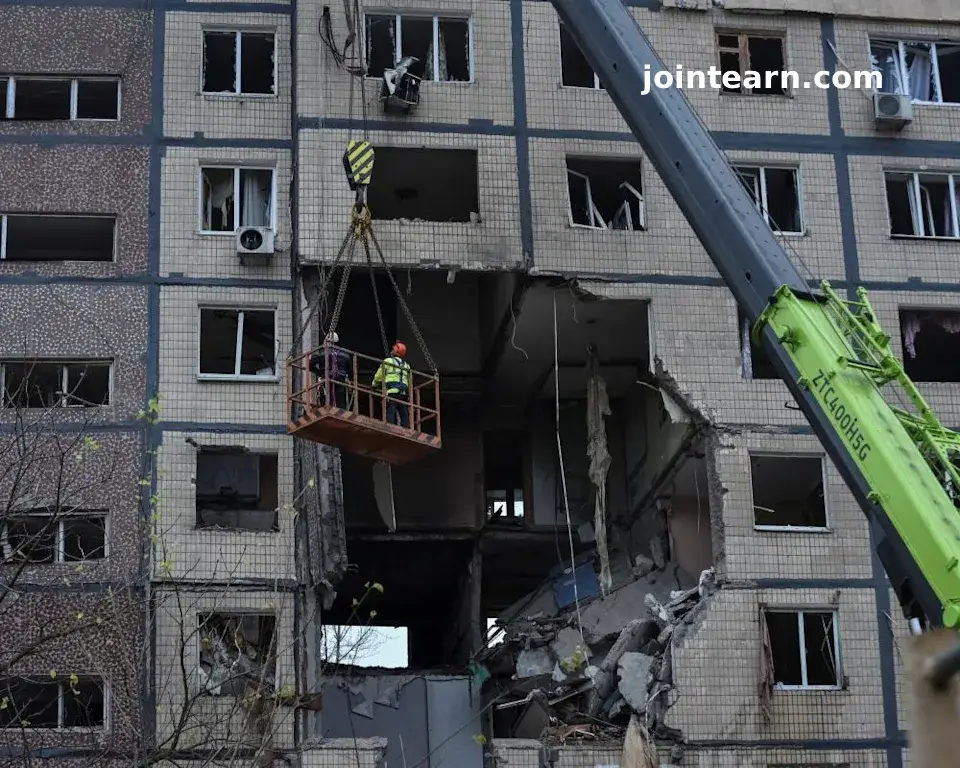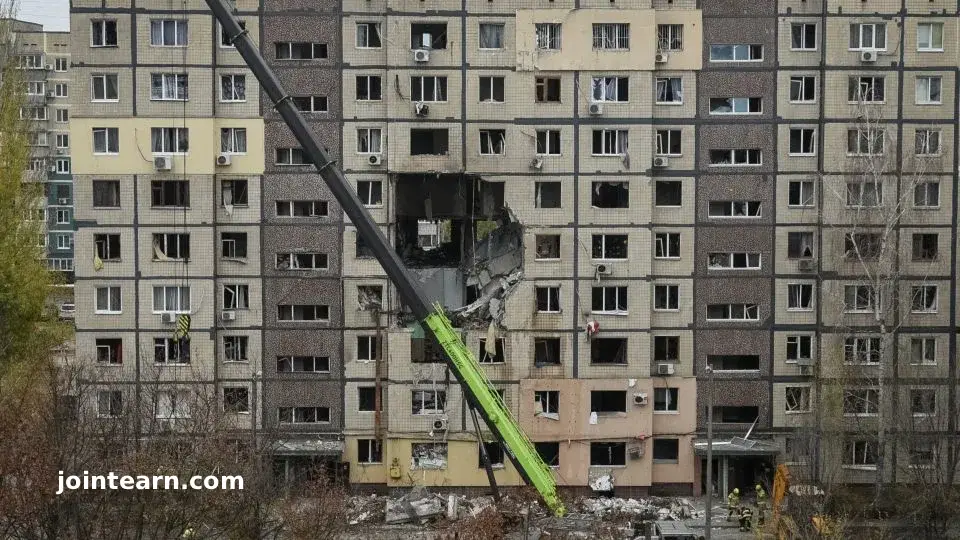
WASHINGTON, D.C. — Travel chaos continues across the United States as the federal government shutdown drags into its 40th consecutive day, grounding thousands of flights and stranding travelers nationwide. The Federal Aviation Administration (FAA) has ordered a temporary 10 percent cut in air traffic to maintain safety standards amid severe staffing shortages.
According to flight tracking site FlightAware, more than 1,530 flights were cancelled and nearly 6,000 delayed on Saturday — a sharp increase from the 1,025 cancellations and 7,000 delays recorded the previous day. Officials warn the situation will worsen as air traffic reductions intensify through the coming week.
FAA Orders Air Traffic Reductions Amid Staffing Shortages
The FAA announced late Friday that air traffic control staffing shortages have forced it to reduce operations at 42 airport towers and regional control centers nationwide. Major hubs — including Atlanta, Chicago, New York, Newark, and San Francisco — have been hit hardest.
To ensure safety, the FAA mandated airlines to cut 4 percent of daily flights at 40 major airports, with reductions scheduled to increase to 6 percent by Tuesday and 10 percent by November 14. The cuts are designed to give overworked controllers more breathing room as absentee rates among FAA employees rise to 40 percent in some areas.
“We’re seeing signs of stress in the system,” said FAA Administrator Bryan Bedford. “These flight reductions are being implemented proactively to ensure that safety is never compromised.”
Major Airlines Forced to Slash Hundreds of Flights
The mandate has disrupted operations across the four largest U.S. carriers — American Airlines, Delta Air Lines, Southwest Airlines, and United Airlines — which together cancelled roughly 700 flights on Friday and a similar number on Saturday. Each carrier also reported additional delays and cancellations due to reduced staffing at air traffic control facilities.
Passengers at major airports such as Hartsfield-Jackson Atlanta International, Chicago O’Hare, and Newark Liberty faced ground delays averaging 282 minutes, with ripple effects spreading across connecting routes nationwide.
“It’s frustrating and chaotic,” said Laura Kim, a stranded passenger in Chicago. “We’ve been sitting on the tarmac for nearly three hours with no clear information.”
Air Traffic Controllers Working Without Pay
The government shutdown, now the longest in U.S. history, has left 14,000 air traffic controllers and 50,000 Transportation Security Administration (TSA) officers working without pay. Despite being classified as “essential,” these workers have now missed two consecutive pay periods, pushing many to the brink of financial hardship.
Union representatives warn that exhaustion and stress among controllers could soon pose serious safety risks if the political impasse continues.
“Controllers are doing their jobs under unimaginable pressure,” said a spokesperson for the National Air Traffic Controllers Association (NATCA). “They’re showing up, but morale is collapsing.”
Hundreds of Thousands of Federal Workers Unpaid or Furloughed
Beyond aviation, the Bipartisan Policy Center reports that 730,000 civilian federal employees are currently working without pay, while another 670,000 have been furloughed. Many government services remain suspended, including national parks, passport processing centers, and portions of the Internal Revenue Service.
The shutdown began over partisan disputes in Congress regarding healthcare subsidies and spending priorities. Despite bipartisan meetings in Washington this weekend, Democrats and Republicans remain deadlocked, with no resolution in sight.
Economic Fallout and Nationwide Ripple Effects
Industry experts warn that the impact of flight cuts will extend far beyond airport terminals, potentially affecting cargo shipments, business travel, and tourism revenue during the country’s busiest travel season.
“This shutdown is going to impact everything from cargo aircraft to business meetings to family vacations,” said Greg Raiff, CEO of Elevate Aviation Group. “It’s a cascading effect that hits airlines, hotels, and local economies.”
With the Thanksgiving holiday just weeks away — followed by Christmas and New Year’s travel surges — analysts predict the disruptions could cost billions in lost productivity and tourism income.
Growing Political Pressure to End the Shutdown
As the shutdown reaches its 40th day, public frustration is rising. Lawmakers from both parties are facing pressure from constituents demanding relief from the mounting travel disruptions and economic uncertainty.
“Every day this continues, the costs multiply,” said a report from the U.S. Chamber of Commerce, urging Congress to “restore government functionality before irreparable harm is done.”
Despite multiple proposals circulating in both the House and Senate, there is no immediate sign of a bipartisan breakthrough.


Leave a Reply